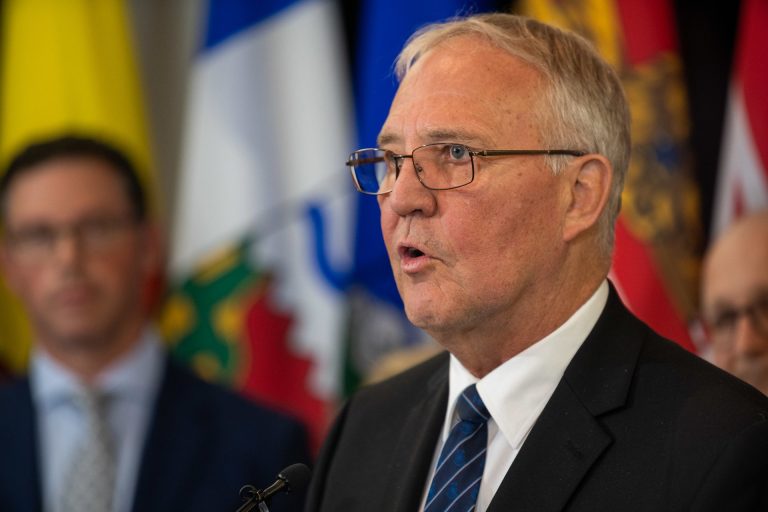
Roughly three and a half years ago, and just twelve days after the perpetrator of the Portapique massacre had been shot, then Minister of Public Safety Bill Blair somberly declared, "as of today, the market for assault weapons in Canada is closed. Enough is enough. Banning these firearms will save Canadian lives." Prime Minister Justin Trudeau was even more optimistic, “assault-style firearms designed for military use have no place in Canada. By removing them from our streets, we will limit the devastating effects of gun-related violence and help make our country safer.”
The Parliamentary Budget Officer estimated the total compensation cost for the newly prohibited firearms to be $750 million in 2021. That estimate did not include any programmatic delivery cost and was solely based on estimated firearm values decried by gun owners as ranging from slightly undervalued to well under half market values.
Factoring in inflation, most conservative estimates place the price tag for this prohibition at roughly $2 billion, with more liberal estimates (oftentimes including estimates of costs sought by the firearms industry for unsaleable accessories, storage, and other incurred costs) foreseeing totals of $4 billion, or even in excess of $6 billion. Thus far the federal office in charge of the operation, the Buyback Secretariat, has already seen unexpected budget increases of 35% year-over-year. Total costs incurred by the office during its three years in operation now exceeding $10 million, with dramatic increases in spending on outside consultancies marking more recent budgets - and not a single newly prohibited firearm "purchased."
No details of the compensation program have been released, and hundreds of thousands of owners are currently protected from criminal charges for possession of a prohibited firearm by an amnesty that expires on October 30th. Yesterday, in the House of Commons, MP Rempel-Garner asked if the Ministry had any information on a potential extension to the amnesty, but an answer was not forthcoming.
Murder Rate Hits 30 Year High
Meanwhile, according to Statistics Canada, 2022 marked the highest severity of violent crime in Canada since 2007 with the murder rate reaching a 30-year high; a level over 30% higher than when the Liberals took power. Gun crime has risen a staggering 85% over the same period. In fact, there were only 32 fewer crimes involving the discharge of a firearm in 2022 than there were in 2013, 2014, and 2015 combined.
And that’s only the ones we know about: Statistics Canada’s 2019 Generalized Social Survey found just 24% of all violent crime is reported to police. This all explains why Canadians report feeling less safe, dramatically so if Ipsos polling from earlier this year is to be believed: 6 in 10 report feeling less safe in their community since the Pandemic, and 79% feel that more violence in Canada may be on the horizon.
And yet today, in what seems like the first shot of austerity across the national bow - promised by Treasury Board President Anita Anand’s proclamation that the federal government reduce spending by $15 billion - Minister of Defence Bill Blair is being asked to defend the announcement that the federal government will be slashing defence spending by a billion dollars. Serbian forces are massing on the border with Kosovo as I type this, Russia is still waging war in Ukraine (a situation our own government’s ignorance hasn’t helped as of late), we’re still accusing India of murder, and we’re still trying to navigate the murky waters of alleged Chinese foreign interference.
Arguably, any government's single most fundamental responsibility is the collection, allocation, and disbursement of public funds. The public purse represents, in real terms, the actual power wielded by the government - a government that cannot afford to enforce its laws and treaties isn’t. It’s as simple as that. Good governments are historically remembered as those who sought to provide maximum value for the taxpayers' dollar - using the tremendous economies of scale available to public funds to achieve things that would be otherwise impossible.
Conversely, any government that continues to pursue a multi-billion dollar public safety policy years after it's proven to be somewhere between ineffective and detrimental is not fulfilling the aforementioned fundamental responsibility. It is nothing more than buying political capital with taxpayer funds, with no perceptible, real-world safety benefit - and some would argue this government’s already proven capable of that.
But a government that does so at the expense of its defence budget during a time of greater global instability than most Canadians can recall? That’s something else entirely.